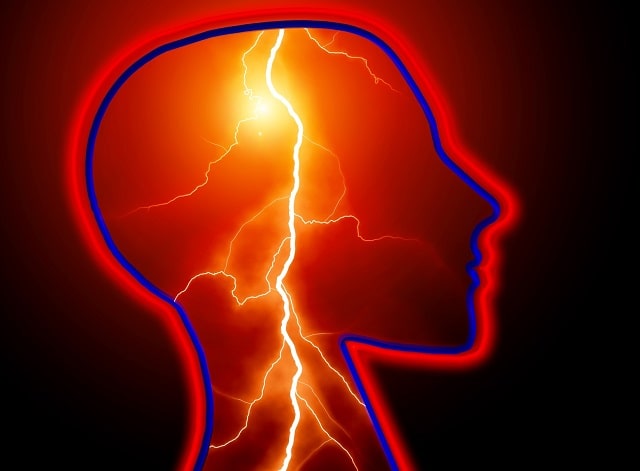
Did you know that epilepsy can happen to any person at any age?
Though it's more common in young children and older adults, it's possible for anyone to have a single unprovoked seizure. In fact, out of 26 people, 1 will develop epilepsy in his or her lifetime.
Now, if after tests, your doctor confirms that you have epilepsy, your next step is to work with your doctor to figure out how to best treat your condition.
Here, you'll learn about the different types of treatment for epilepsy and what you can expect from them.
First Line of Treatment for Epilepsy: Anti-Seizure Medications
For the treatment of epilepsy, doctors generally begin by prescribing one anti-seizure drug.
This usually works for a lot of people with epilepsy. But for others who don't see an improvement in their condition, their doctors may put them on a combination of medications.
Some of the drugs prescribed for epilepsy include carbamazepine, diazepam, valproic acid, and so on.
It's important that you take your anti-seizure medication/s as directed by your doctor. If you notice side effects such as depression and suicidal thoughts, contact your doctor immediately.
Also, don't switch to a generic version without notifying your doctor. And always let him or her know if you are taking other meds including herbal preparations.
If Anti-Epileptic Drugs Fail to Work...
...your doctor may recommend surgery.
There are two main types of surgery for epilepsy. The first is resection. This involves removing a part of your brain that is causing seizures.
Of course, this isn't recommended for all patients. If the part of your brain that's responsible for seizures is very small and wouldn't affect other functions such as sight, speech, movement, etc., you'll be a good candidate for this type of surgery.
The other type is disconnection surgery, where instead of removing a portion of your brain, the surgeon makes cuts in the brain. This will interrupt the nerve pathways that trigger the seizures.
Other Therapies for Treating Epilepsy
Some people want to know how to treat epilepsy without medication. But you should keep in mind that most doctors will give anti-seizure meds first.
There are some therapies though that you can try. Just make sure to talk with your doctor first or seek out epilepsy services to understand how these therapies work.
These include vagus nerve stimulation, where a small device called a vagus nerve stimulation is implanted in your body. It's like a pacemaker. But this one transmits bursts of electrical energy through the vagus nerve and to your brain.
Another thing you could try is a ketogenic diet. It's usually recommended for children with epilepsy. But adults can try it too, as long as you work closely with your doctor and nutritionist.
Want to Know More About Alternative Therapies for Epilepsy?
Now that you know more about treatment for epilepsy, you may be curious about alternative therapies for managing epilepsy.
For more information on that, check out our CBD oil articles. You may also browse the rest of our site for more health tips and advice.
